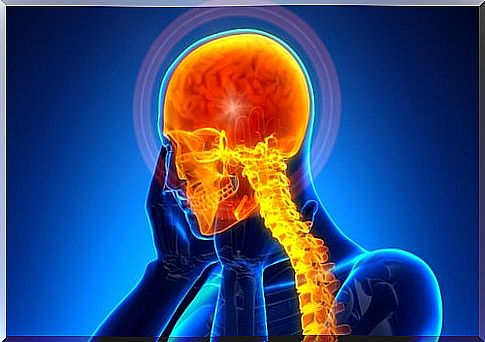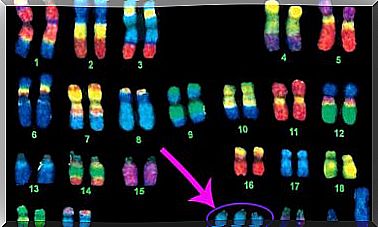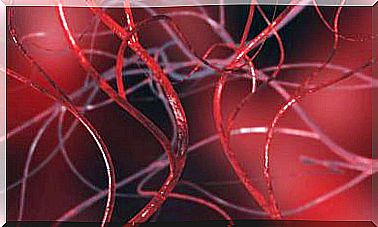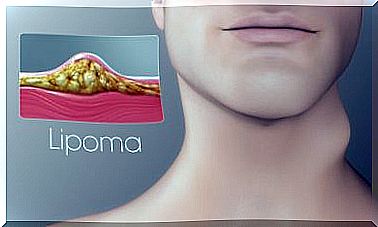How To Detect And Prevent Aneurysms
The aneurysm is a disease that can lead to death, it is highly recommended to follow healthy life guidelines to avoid it.

An aneurysm is an abnormal widening of an artery caused by weakness in the wall of a blood vessel. This anomaly affects more women after 50 years. Learn in this article how to detect and prevent aneurysms.
What to know about the aneurysm
The reason for the aneurysm is not yet known for sure. Some people suffer from this condition from birth and others, over time. The most frequent sites where they originate are the aorta artery, behind the knee, popliteal artery, brain, intestine (mesenteric artery) and in the splenic artery of the spleen. The latter case is very common in pregnant women.
The symptoms of the aneurysm will depend on the area where it has developed. If it occurs near the outside of the body, it causes pain, swelling and a lump that is recognizable to the touch. When aneurysms are deeper inside or in the brain, they may have no symptoms.
In the case of a brain aneurysm, it can expand without bursting, pressing on the nerves and causing headaches, double vision and vertigo, as well as ringing in the ears, loss of orientation, stiff neck, not being able to articulate words , not understanding when talking to the affected person, sensitivity to light, vomiting, seizures or loss of consciousness.
If the aneurysm ruptures, it causes low blood pressure, pain, dizziness, and a fast heart rate. Also, when this happens, the risks of dying are higher.
About 5% of the population suffers from a brain aneurysm, and those who are most at risk of suffering from this problem are those with a family history or with problems with blood circulation. Smokers, drug and alcohol users, or even any elderly person are also prone to them.
How aneurysms are found
We are referring to the cerebral aneurysm, the most serious and dangerous of all. If the rupture of an artery is discovered in time, the death of the patient can be avoided. Often this pathology is related to unhealthy habits and other diseases.
Immediate action can ensure that the person remains alive. According to the Foundation for the Coverage of Brain Aneurysm, the first four hours are essential for the patient. You need to pay close attention, as medical care must be provided as quickly as possible.

Since most people with this condition do not suffer from any symptoms and abnormalities are only detected by performing routine medical tests, it is not known how to react to an attack. When it has not yet broken, it causes sentinel headache, a continuous headache that does not subside no matter how much drugs are taken.
If the pain continues for a long time, it is necessary to visit the doctor. The aneurysm may have ruptured, causing bleeding between the brain and the thin layer of tissue that protects the central nervous system.
In these cases, the headache is very sudden and does not even allow you to open your eyes. It is associated with nausea, dizziness, vomiting, loss of sensation on one side of the body, blurred or double vision, lack of strength, and loss of consciousness.
How to avoid aneurysms
Prevention is the best way to avoid an aneurysm. To do this, keep in mind the following keys:
Visit the doctor
Performs a complete annual check-up, which includes all the studies that the professional considers pertinent in relation to the age or condition of the patient. It is good that the doctor knows our personal and family history. If someone close to you has suffered an aneurysm, don’t hesitate to tell your doctor.

In that case, different studies can be performed to rule out any type of abnormality. CT, MRI, cerebrospinal fluid analysis, and cerebral angiography are currently available methods.
Live a healthier life
Among the good habits that can help you avoid an aneurysm, it is worth noting to stop smoking, moderate alcohol consumption, not use drugs, eat a healthy and balanced diet, exercise two to three times a week, avoid being overweight, controlling cholesterol, and monitoring high blood pressure.
Control your stress

If you measure and reduce your nerves, anxieties and stress, it will be more difficult for you to have an aneurysm. Do what is in your power to lead a peaceful life, avoid anything that can make you feel bad, or try to solve problems in time so that they do not turn into something more serious. It is also good that you take vacations when appropriate and that you rest more.
Sleeping between 6 and 8 hours each night is very good for your health. Do all those activities that are pleasant to you, such as reading, walking in the park, playing with your children or grandchildren, taking care of the plants in the garden, playing chess, taking yoga or Pilates classes, swimming, learning to playing an instrument… meditation could also help you reduce stress and therefore prevent an aneurysm.









